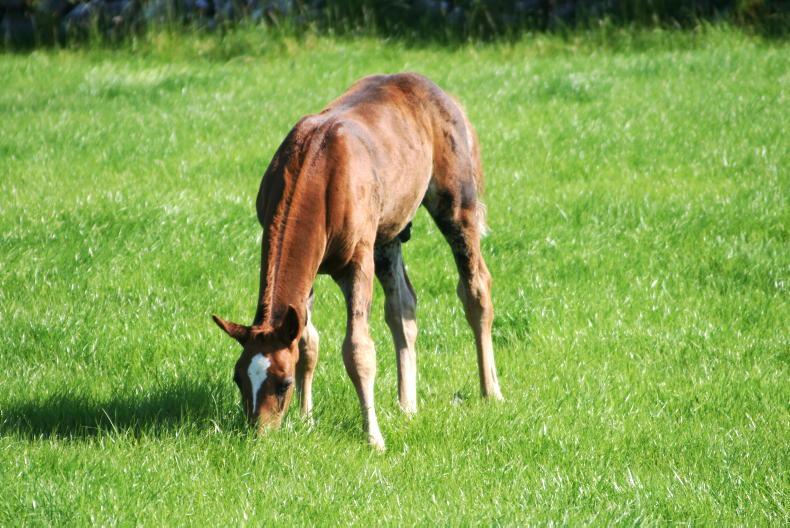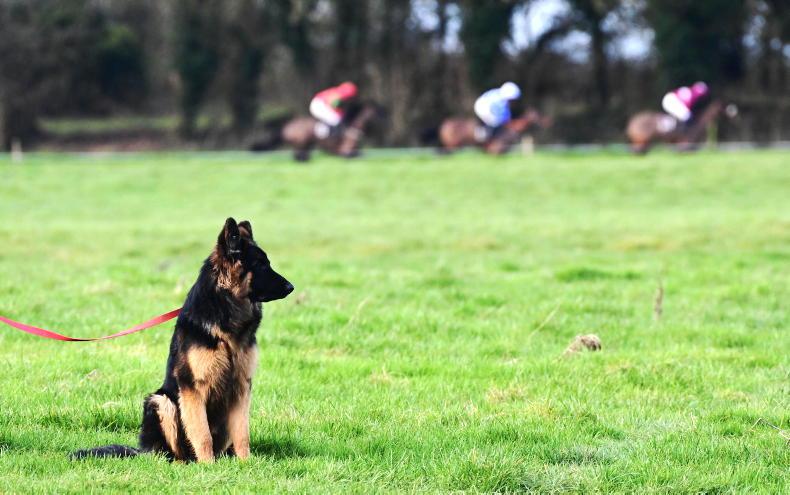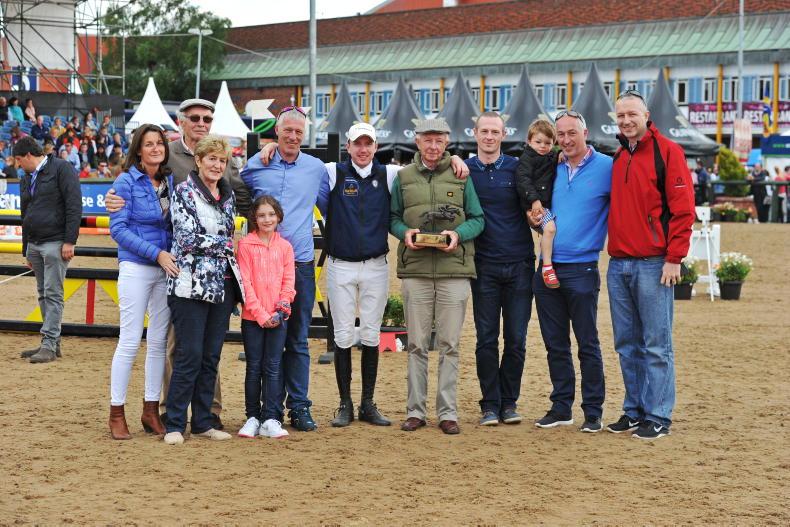EQUINE health is a critical part of equine welfare and both are intrinsically interlinked with the equine social license. The consistent strategic focus must be to protect the health of the national herd, in which all involved in the sector have an important role. The old adage ‘prevention is better than cure’ has never been more relevant in a time when anthelmintic and antibiotic resistance remain challenging. The concept of ‘one health and one welfare’ also recognises that the health and welfare of people is deeply connected to the health and welfare of animals and the health of the environment.
Reducing the incidence of disease or ill health, and the spread of infection where disease occurs, must always be to the forefront of equine health management.
Industry ambassadors
Teagasc, The Irish Equine Centre, and University College Dublin’s School of Veterinary Medicine joined forces with industry ambassadors Cathal Beale (Irish National Stud); Sarah Ennis (Sarah Ennis Eventing), Neilus Hayes (Knockainey Stud), Andrew Hughes (Ennisnag Stud), Cian O’Connor (Karlswood Stables), John O’Connor (Ballylinch Stud), and Richard Sheane (Cooley Farm) to provide ten practical steps to protecting the health of ALL equines in the national herd illustrated using ten short videos. Other farms who provided locations to film are Dermot Weld Racing, Gordon Elliot Racing, Ross O’Sullivan Racing and Staffordstown Stud.
Educate all
Martin Heydon T.D., Minister of State at the Department of Agriculture, Food and the Marine said: “I welcome this initiative which aims to educate all those involved with horses on simple preventive actions they can take to ensure their horses stay healthy. Protecting the wellbeing of our horses is vital to ensure the sustainability of this sector which brings so much pleasure to so many. I would also like to commend those lending their voices to this video series. As industry leaders, I’m sure their endorsement will have a wide ranging and positive impact.”
During the ’10 steps’ launch at the RDS Dublin Horse Show on Thursday, Vivienne Duggan, Associate Professor of Equine Medicine at the School of Veterinary Medicine UCD emphasised: “It is increasingly difficult to kill pathogens and treat infectious disease when we really need to. Antibiotics and anti-parasitic drugs are simply not as effective as they once were. We must place more emphasis on disease prevention. A very important element of this approach is ensuring equines have a ‘clean’ environment to inhabit, and ‘hygienic’ high quality feed, water and bedding sources. The best prevention of asthmatic conditions and optimisation of respiratory health overall is to decrease exposure to dust in the environment while also providing well-ventilated spaces.”
Equal disdain
Speaking at the launch of the video series Wendy Conlon, Teagasc Equine Specialist, said: “Whether you own a child’s pony or an international sport horse, have a private or public stud farm, train point-to-pointers or racehorses, own donkeys or happy hackers, it really doesn’t matter - infection or disease will treat each with equal disdain. Our role as owners, managers, grooms, caretakers, riders, health professionals, and all who care for their most basic needs is to pay attention to the small things first, which lay the foundations for healthier horses in the longer term, and protect your pockets also in the process.”
Head of Environment and Nutrition at the Irish Equine Centre, Alan Creighton emphasised: “A balanced approach to biosecurity is necessary. We cannot sterilise everything, nor should we. Non-pathogenic microbes are also essential to life. However, preventing illness can be achieved by ensuring equines are never faced with an overwhelming challenge risking illness. Targeting the hygiene of high traffic zones in the stable yard (foaling boxes, stocks, mechanical walkers, transport vehicles) and at pasture (gateways; feed/water trough areas) while engaging quarantine practices, controlling stocking densities, and separating animals into small groups of similar risk category goes an awful long way to preventing illness/ disease.”
The series of videos can be accessed at https://bit.ly/10practicalstepstoprotectequinehealth or directly from YouTube at https://bit.ly/videoseries10stepstoprotectequinehealth




 This is a subscriber-only article
This is a subscriber-only article
 It looks like you're browsing in private mode
It looks like you're browsing in private mode












SHARING OPTIONS: